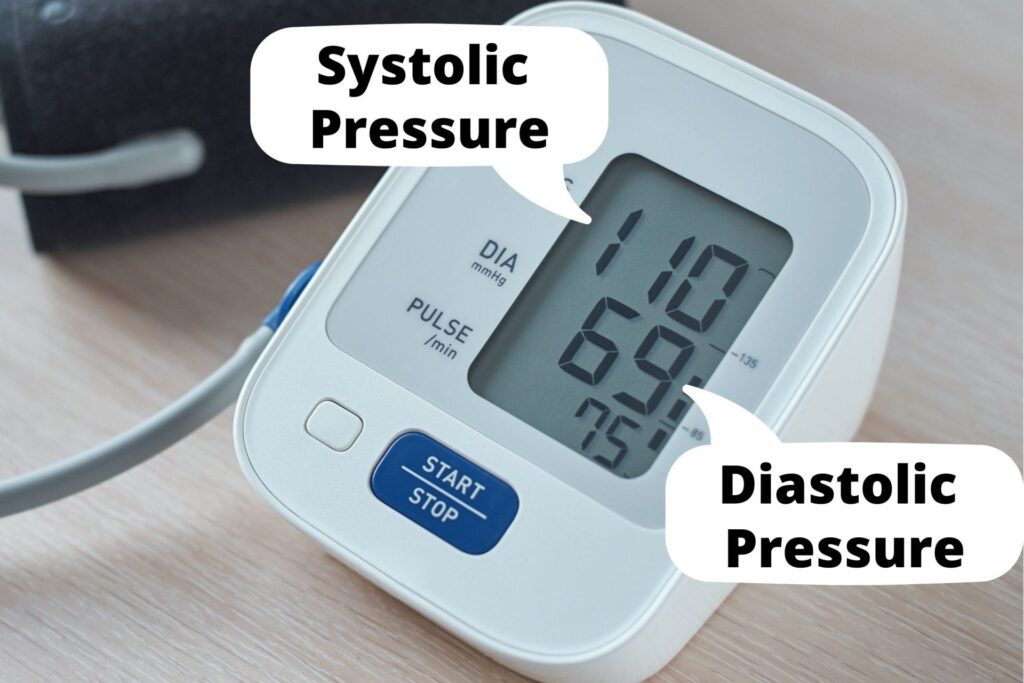CLEAN FUEL-COOK STOVE (CF-CS) PROJECT
Hypertension: The Silent Killer
Hypertension, commonly known as high blood pressure, is often referred to as the “silent killer” because it typically has no noticeable symptoms but can lead to serious health problems if left untreated. According to the World Health Organization, an estimated 1.28 billion adults worldwide aged 30–79 years have hypertension, and nearly half of them are unaware of their condition.
Blood pressure is the force of your blood pushing against the walls of your arteries. It is typically measured as:
- Systolic pressure: pressure when your heart beats
- Diastolic pressure: pressure when your heart rests between beats

A normal reading is below 120/80 mm Hg. Hypertension is typically diagnosed when blood pressure is 130/80 mm Hg or higher. This aligns with current guidelines from the National Heart, Lung, and Blood Institute (NHLBI). According to NHLBI, blood pressure categories are defined as follows:
- Normal: Systolic less than 120 mm Hg and diastolic less than 80 mm Hg
- Elevated: Systolic between 120–129 mm Hg and diastolic less than 80 mm Hg
- High Blood Pressure (Hypertension) Stage 1: Systolic between 130–139 mm Hg or diastolic between 80–89 mm Hg
- High Blood Pressure (Hypertension) Stage 2: Systolic 140 mm Hg or higher or diastolic 90 mm Hg or higher
- Hypertensive Crisis: Systolic over 180 mm Hg and/or diastolic over 120 mm Hg
These classifications are based on consistent readings and are used to guide diagnosis and treatment decisions. In addition, there are two main types of hypertension:
- Primary (essential) hypertension – the most common type, which develops gradually over time without a specific cause.
- Secondary hypertension – caused by an underlying condition like kidney disease, hormonal disorders, or the use of certain medications.
While hypertension can affect anyone, several factors can increase your risk:
- Age: Risk increases as you grow older.
- Family history: Genetics plays a role.
- Obesity: Excess body weight increases pressure on the artery walls.
- Physical inactivity: A sedentary lifestyle contributes to weight gain and higher heart strain.
- High salt (sodium) intake: Excess sodium can raise blood pressure by causing the body to retain fluid.
- Low potassium intake: Potassium helps balance sodium levels; insufficient intake can lead to higher blood pressure.
- Smoking and alcohol: Both habits can damage the arteries and increase blood pressure.
- Stress: Chronic stress can contribute to elevated pressure over time.
Uncontrolled high blood pressure puts excessive strain on your blood vessels, heart, and organs. Over time, it can lead to:
- Heart attack or stroke: Hardened arteries or blood clots can block blood flow.
- Heart failure: The heart becomes too weak to pump blood efficiently.
- Kidney damage: Hypertension is one of the leading causes of kidney disease.
- Vision loss: High pressure can damage the blood vessels in the eyes.
- Cognitive decline: There is increasing evidence linking hypertension to memory loss and dementia.
Because symptoms often don’t show until damage is done, regular screening is essential.
Most people with hypertension have no symptoms at all, even at dangerously high levels. However, in some cases, individuals may experience:
- Headaches
- Shortness of breath
- Nosebleeds
- Dizziness
- Chest pain
These symptoms typically occur when blood pressure reaches a severely high level, also known as a hypertensive crisis, and require immediate medical attention.
The good news is that hypertension is preventable and manageable with lifestyle changes and, when necessary, medication. Here’s how:
1. Adopt a Heart-Healthy Diet
- Follow the DASH (Dietary Approaches to Stop Hypertension) diet, which emphasizes fruits, vegetables, whole grains, lean proteins, and low-fat dairy.
- Reduce sodium intake to less than 2,300 mg per day.
- Limit processed and fast foods.
2. Stay Active
- Aim for at least 150 minutes of moderate-intensity exercise per week, such as walking, swimming, or biking.
3. Maintain a Healthy Weight
- Losing even a small amount of weight (5-10% of your body weight) can make a significant difference in lowering blood pressure.
4. Limit Alcohol and Quit Smoking
- If you drink, do so in moderation: no more than one drink per day for women, two for men.
- Quitting smoking improves heart health almost immediately.
5. Manage Stress
- Try relaxation techniques such as deep breathing, yoga, meditation, or journaling.
6. Take Prescribed Medication
- When lifestyle changes aren’t enough, doctors may prescribe blood pressure medications such as ACE inhibitors, beta-blockers, or diuretics.
Hypertension is a serious but manageable condition. Early detection through routine blood pressure checks, coupled with healthy lifestyle habits, can significantly reduce the risk of life-threatening complications. Talk to your healthcare provider about your risk factors and how to monitor your blood pressure regularly. We take a vital step toward a healthier tomorrow by understanding and addressing hypertension today.
© 2025 CF-CS STUDY All Rights Reserved